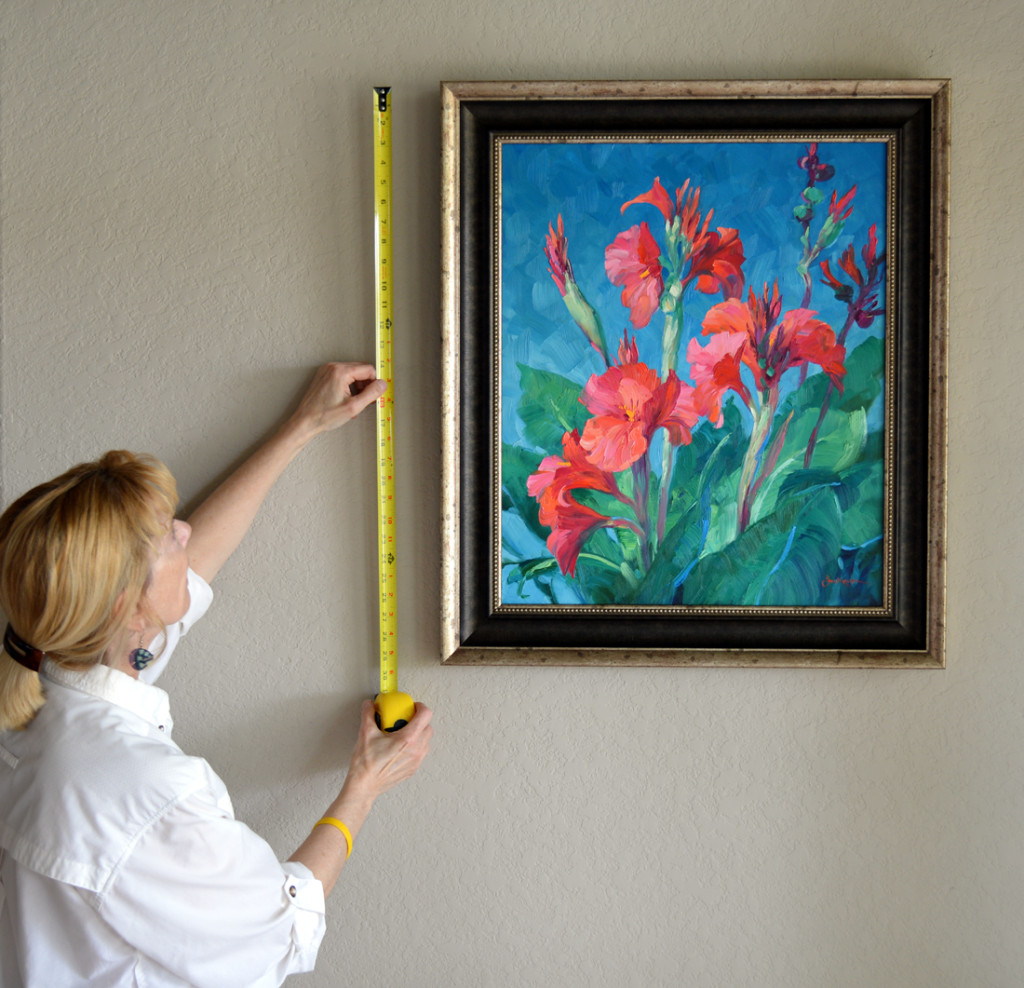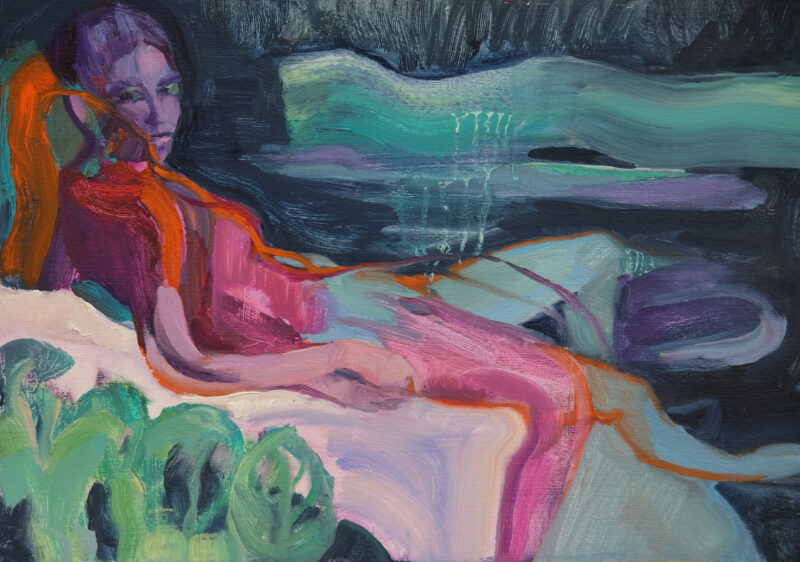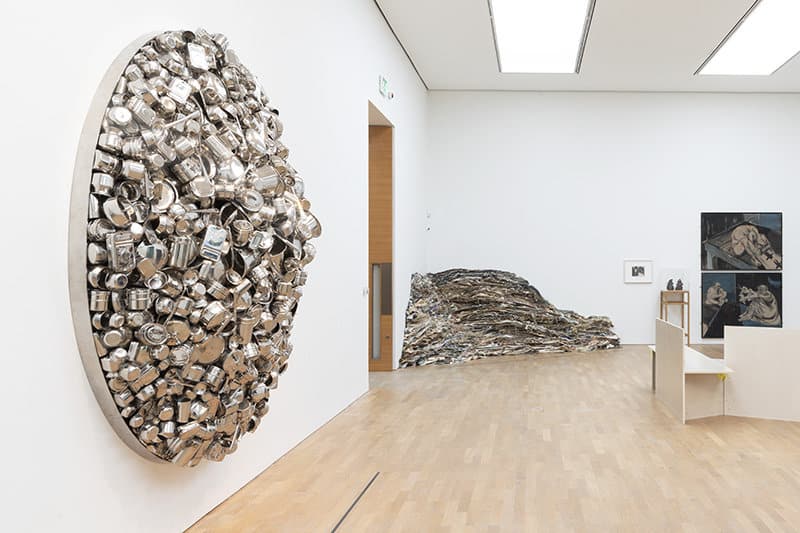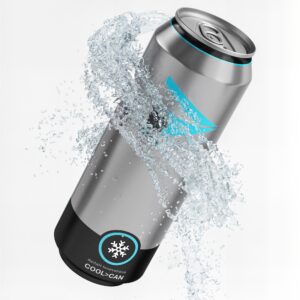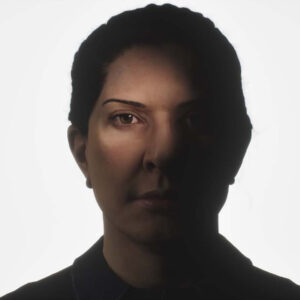Tabish Khan loves art and visits hundreds of exhibitions a year. But every now and then he comes across something in the art world that doesn’t make sense.
Calculating the price that art should be sold at is a very complicated process. Factors that need to be taken into account are: how established the artist is, what their previous work has sold for, the reputation of the gallery it is being sold in, what similar artists are selling their works for, the materials used and most importantly an estimate of what collectors are willing to pay for it.
It’s a very complex process and hard to get right, where an artist starts their price point dictates the price they can sell for throughout their career; as they can only increase their prices by reasonable increments as they have more shows and are shown at more reputable galleries. Start too high and the works won’t sell, but go in too low and sales may be good but future price increases may be hindered by a low starting point.
But one rather rudimentary factor of pricing is size – if it’s bigger then it sells for more. It’s a rather strange concept with some basic supporting logic. If we take painting for example then the canvas is likely to cost more, it will take more paint to complete it and arguably a longer time frame to paint.
The exception to this would be if more expensive materials are used, it’s ok to charge more for a smaller sculpture if it contains diamonds or a smaller painting uses gold leaf, but these are rare occurrences.
Arguably the most expensive resource (if you’re not using diamonds) is the artist’s time. So if a smaller painting took longer to produce than a larger one, the artist could understandably charge more. However, I have yet to see this is any painter I’ve come across – the ‘rules’ clearly state that bigger paintings sell for more.
Maybe it’s time for a change and using effort, rather than size, as a pricing guide. Is any artist doing this, and pricing smaller works at the same or greater price than larger ones? Let us know in the comments below.
